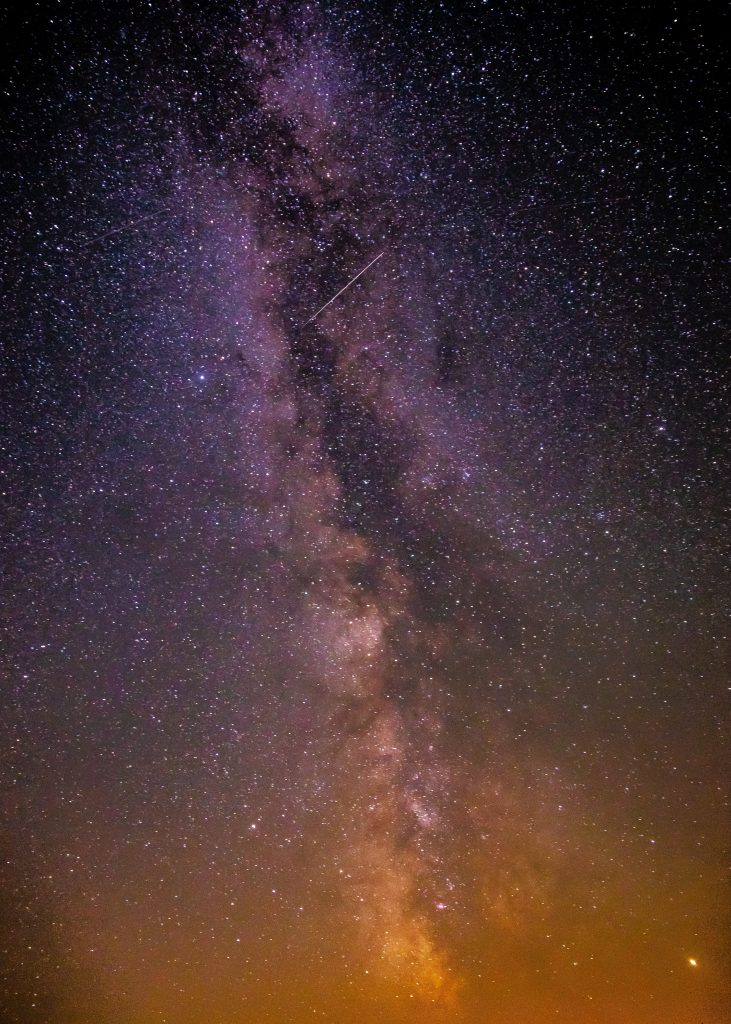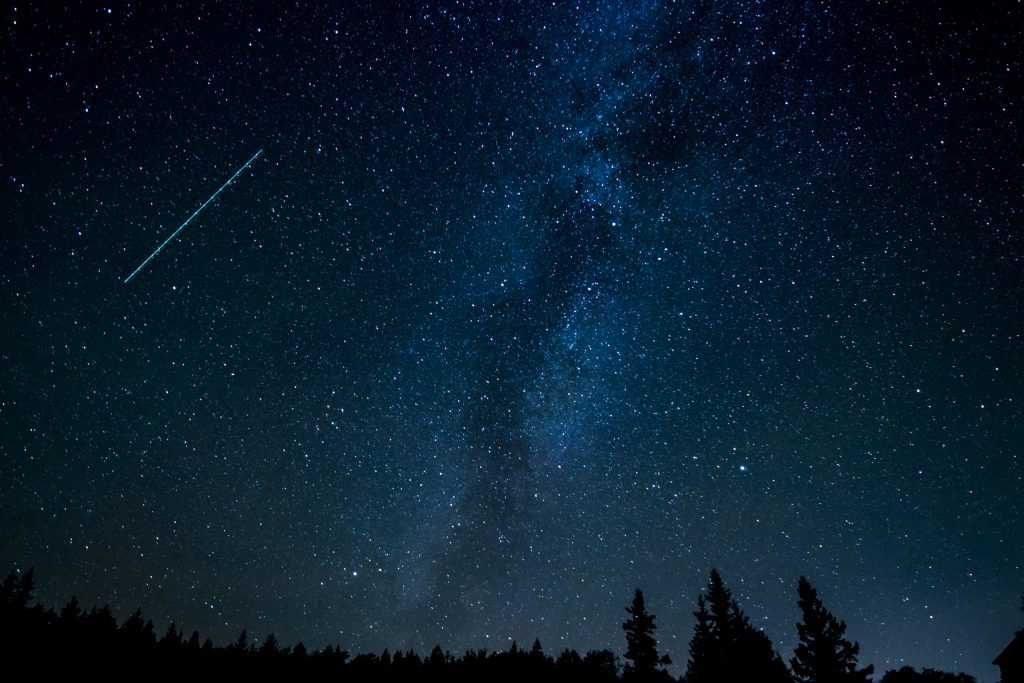August 11, 2023 – The Perseid meteor shower, better known as the ‘tears of St. Lawrence,’ will reach its maximum activity this year on the night of August 12 to 13. The conditions for observation will be extraordinary, given that the Moon will hardly hinder the visibility of this celestial phenomenon, and the weather forecast is also looking good. Sharing some helpful info on Perseids in Croatia and where to watch.
On the night of August 12 to 13, writes Poslovni, the Moon rises around 02:30 and is less than 10 percent illuminated because it is moving towards the new Moon. It will, therefore, not interfere with observation, the Croatian Astronomical Association noted.
An average activity of about 100 meteors per hour is forecast. The best time to observe will be midnight to dawn when the constellation Perseus is high in the sky.

Where to watch the Perseids in Croatia
Astronomical societies united in the Croatian Astronomical Union are organizing various activities on this occasion. In addition to the most beautiful meteor shower of the year, Saturn or the Andromeda galaxy can be viewed through telescopes.
Observations will be organized in Barban, Daruvar, Đakovo, Fužin, Grobnik, Križevci, Privlaka, Rijeka, Sisak, Split, and Višnjan.
No special equipment (telescopes, binoculars) is needed to observe the meteors but the naked eye while lying on the ground. It is best to spend at least 30 minutes in the dark for the eyes to adapt to the night conditions. Try to find a place as far as possible from lighting and light pollution to enjoy this spectacle fully.
The Croatian Astronomical Union appeals to observers not to look directly into the radiant (the starting point of the meteor shower) because they will see the fewest meteors there.
The expression “tears of St. Lawrence,” often used as a popular name for the Perseids, only became popular in the last fifty years in Croatia, primarily in Dalmatia, where it was adopted from Italy. More precisely, it refers to the famous 19th-century Italian poet Giovanni Pascolli’s poem 10 Agosto. The poem revolves around the anniversary of his father’s death, which he is reminded of by the meteors that fall at that time.
According to legend, Saint Lawrence is a Christian martyr who was roasted on a gridiron on August 10, 258, bravely saying to his tormentors, “I’m done on this side; turn me over.”
In ancient Croatian astereognosis, meteors are known as shooting stars, scrolls, flying stars, fireflies, etc.









